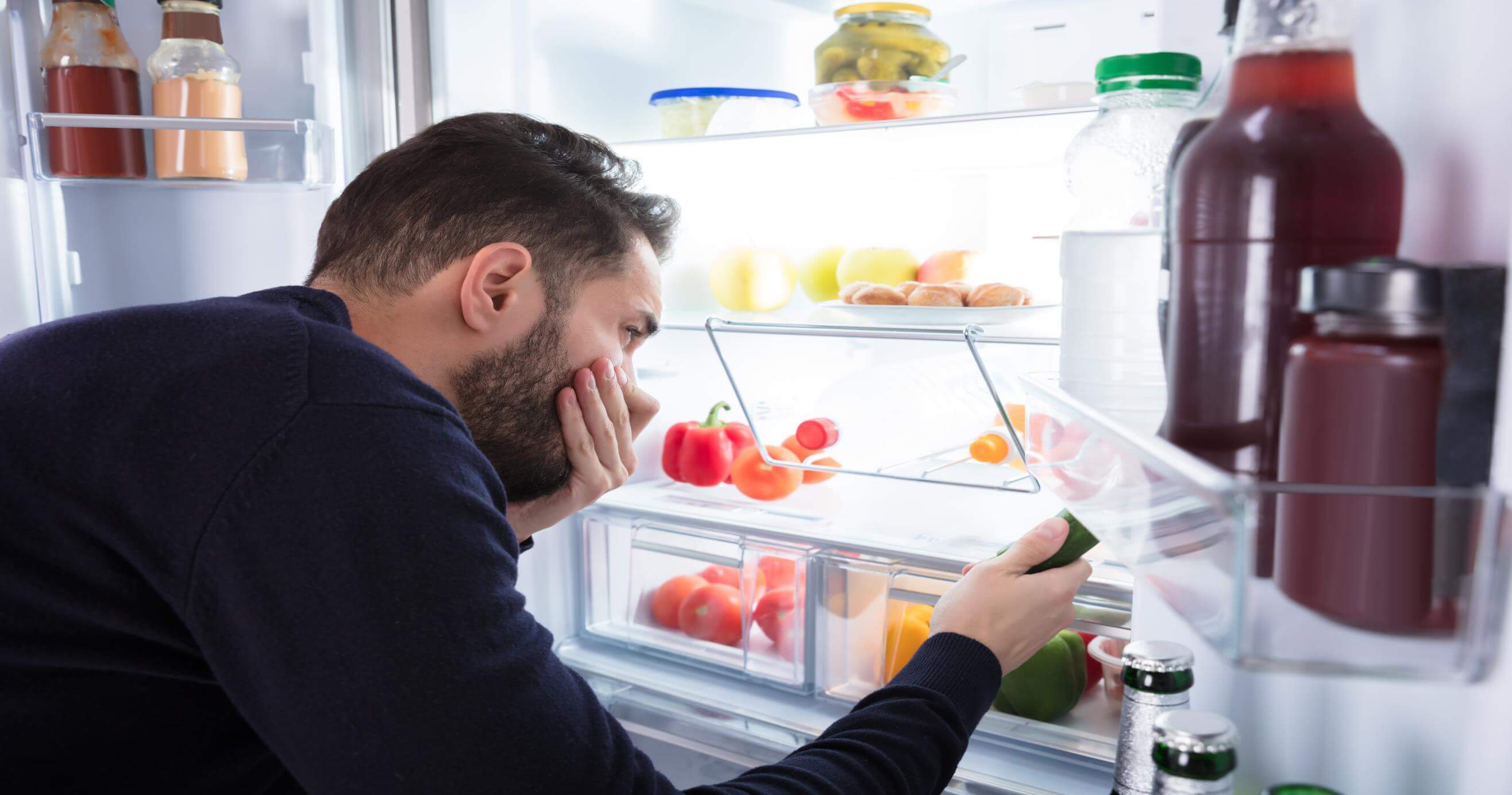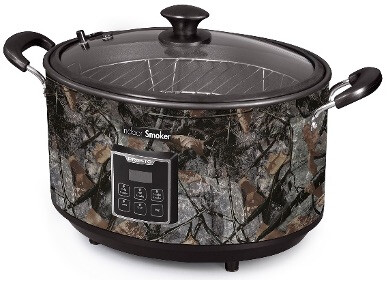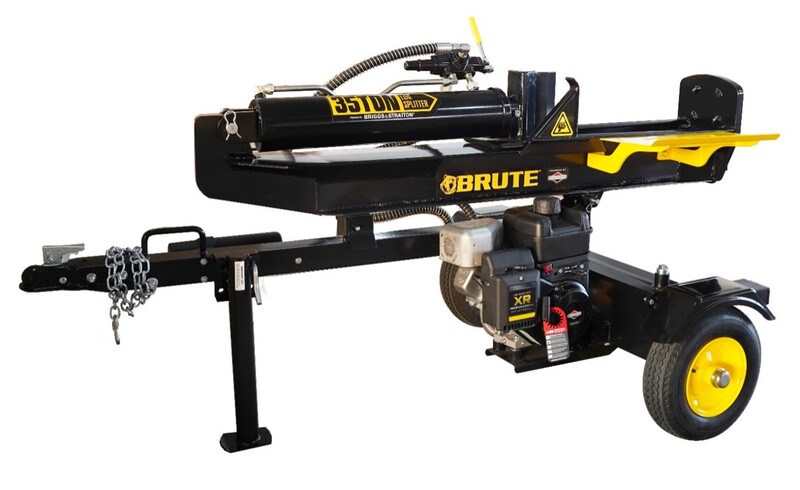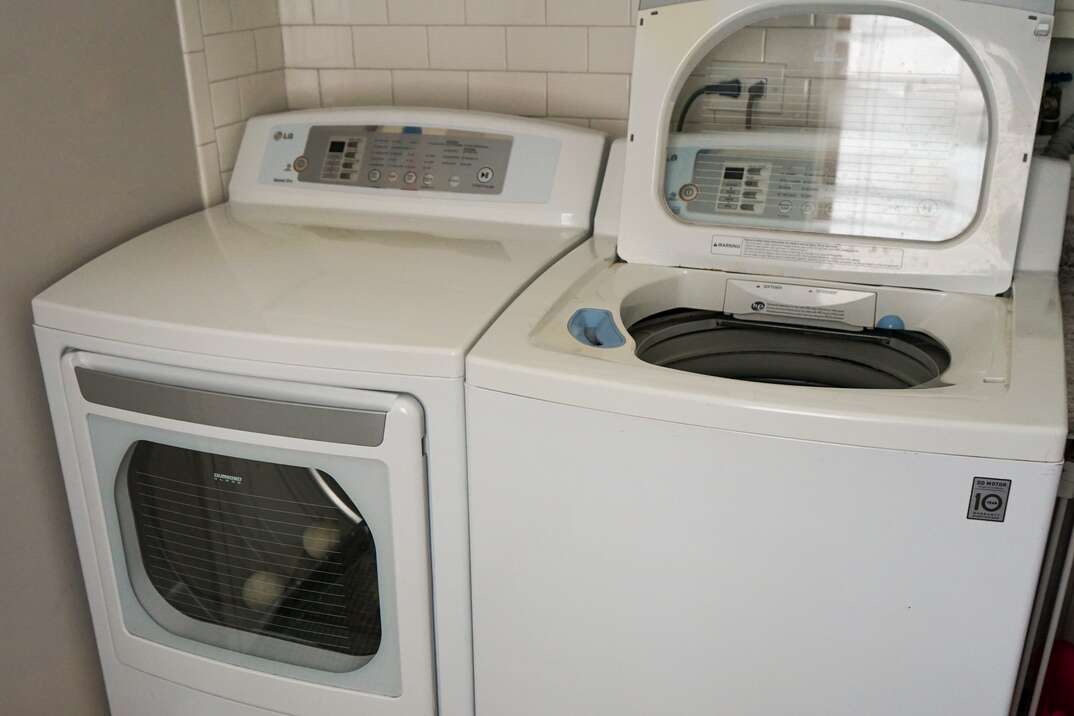Common Refrigerator problems and how to fix them

The smell of rotten milk is enough to ruin an appetite - effective immediately. If your refrigerator isn't cooling properly, you run the risk of throwing away spoiled foods and wasting money on higher bills. With easy do-it-yourself solutions and proper refrigerator maintenance, you can correct and prevent common problems.
Keep your fridge running properly with these DIY fixes:
If your fridge isn't cooling properly…
There are a few ways to make sure your fridge is maintaining the right temperature. Start by cleaning behind and underneath the unit, clearing the coils of dust and debris. Unplug the fridge before cleaning, but work quickly so you can get it running again before food starts to spoil. This task will increase the efficiency of your refrigerator, making it easier to maintain a cool temperature.
Next, focus on the doors. They have to close properly to keep in the cool air, so make sure the rubber gaskets aren't blocked by food residue, such as sticky liquids or excessive crumbs, as this can cause a loose or damaged seal. To avoid harsh chemicals near food, clean the seals with baking soda and water. If the door looks crooked when it's closed, check the hinges to make sure they're properly aligned. Make adjustments if necessary, or call a professional if it looks like the hinges or spacers need replacing.
Keeping the fridge full can also help the unit maintain temperature. Leave room for proper air circulation, but the more refrigerated items there are, the better your unit will work. Follow these DIY hacks to further increase your refrigerator's cooling efficiency.
The U.S. Food and Drug Administration recommends the proper temperatures for storing food safely is 40 degrees Fahrenheit for the refrigerator and 0 degrees Fahrenheit for the freezer. Invest in an appliance thermometer so you can monitor these temperatures periodically.
If the ice maker isn't working…
Change the water filter. If it hasn't been replaced in a while, it may be blocked with unhealthy debris and contaminants. Turn off the water supply, and then try opening the water valve at the back of the freezer. If you can't move it, the valve may be clogged and require replacing. If the filter and valve aren't the culprits, you may need to replace the motor to fix the issue.
If it's making strange noises…
You might have a damaged electronic control board that needs replacing. Loose parts, including condenser coils, compressor tubing or rollers, may also cause vibrating noises. You can usually tighten these noisy loose ends with a wrench or screwdriver. If you hear a slight hissing noise and your refrigerator isn't cooling properly, call a professional. This may be a sign of a toxic coolant leak.
If it's leaking puddles of unwanted water…
It's typically an issue with the ice maker line. Find the shutoff valve, which should be under the sink, beneath the fridge or in the basement. If there's a pool of water inside the refrigerator, check to see if any open containers could be the cause. If not, the drain tube may be blocked. Unplug the refrigerator, and then locate the drain plug near the back or bottom of the unit. Use bleach and warm water to clean the tube and drain pan at the bottom of the fridge. This should do the trick, but if it doesn't, call a professional for help.
When you proactively address minor refrigerator issues, you can help to avoid spoiled foods, food-borne illnesses and even electrical fires. Plus, regular cleaning and mindful maintenance for all appliances can help prevent unnecessary repairs.
Being prepared for home repair emergencies with a home repair plan or home warranty is always a good idea. Plans from HomeServe can help with the costs of covered repairs. Enter your ZIP Code here to see what plumbing, electrical, heating and cooling plans are available in your neighborhood.


